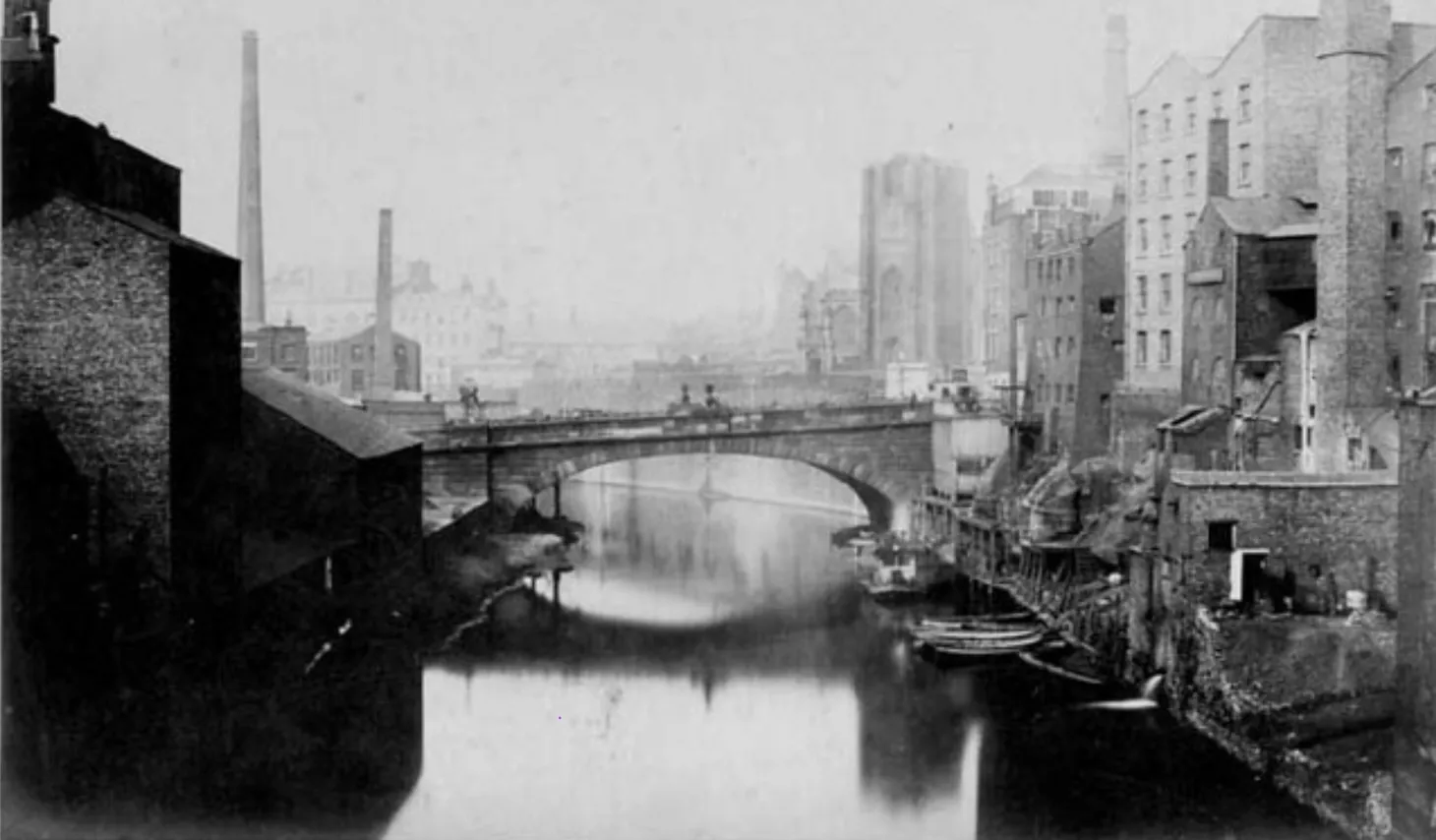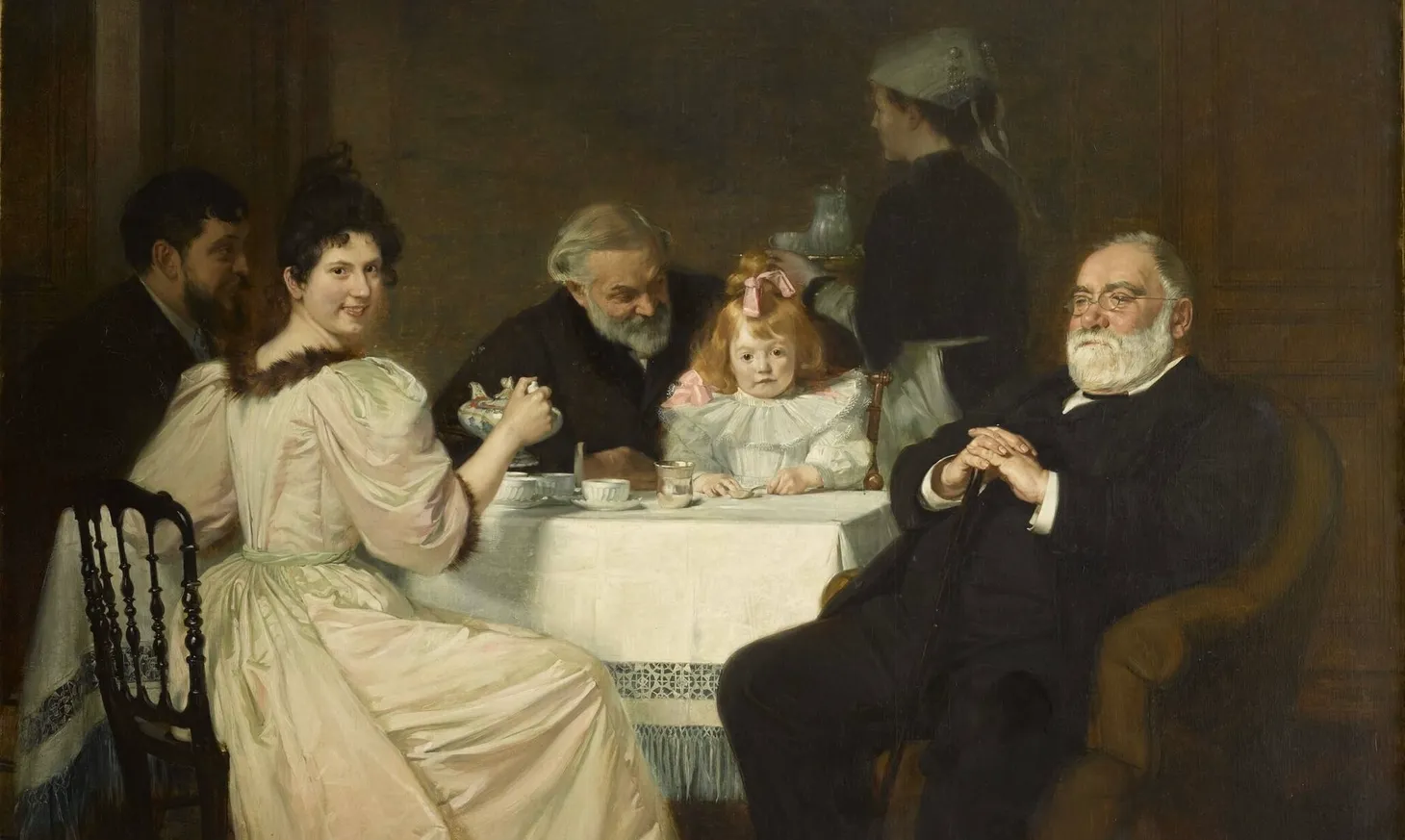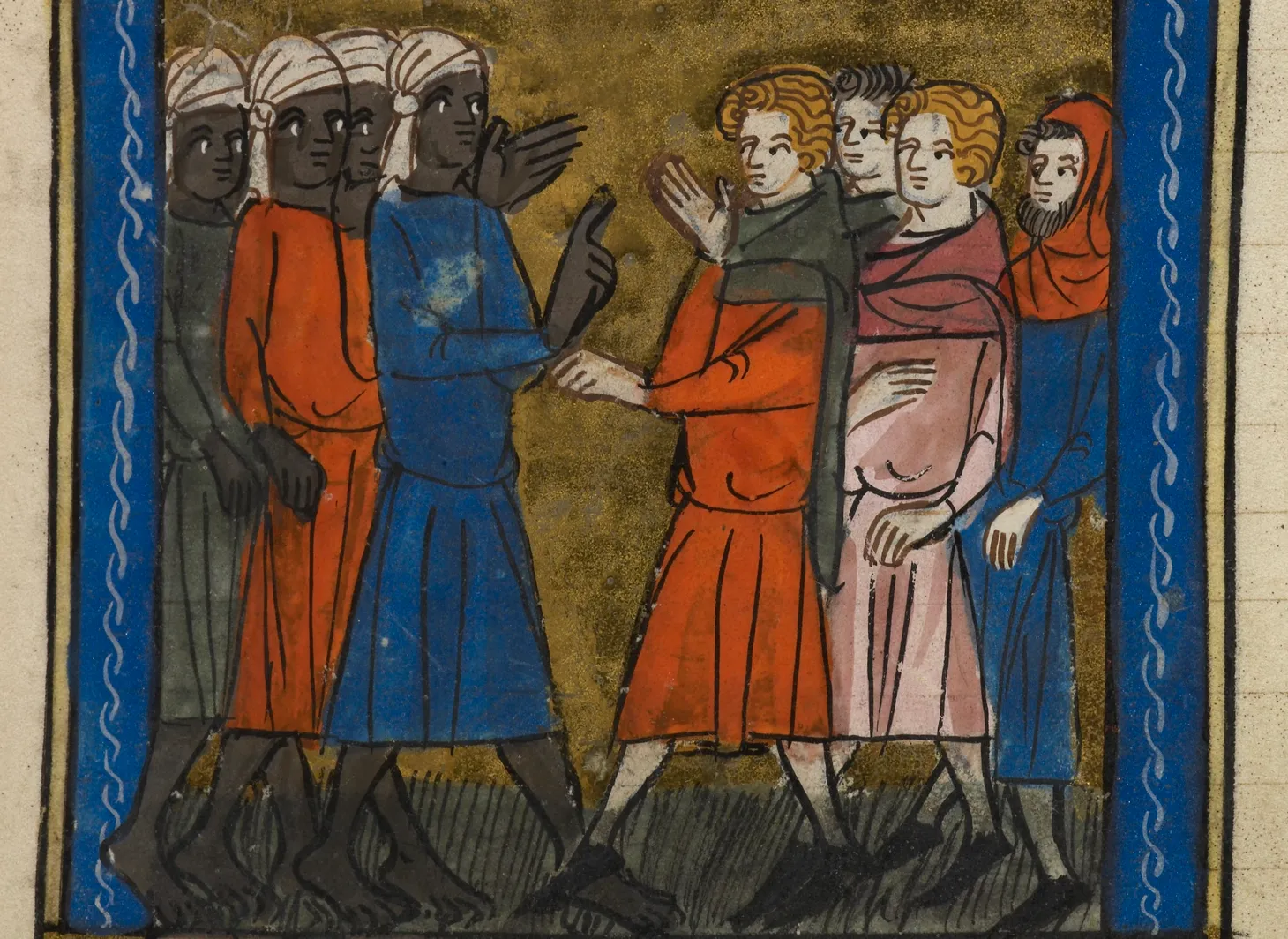“A Time for Telling”: Lectures and Narratives in a Decolonized History Course
Discussion of how we can use lectures in world history classes with a focus on the Atlantic Revolutions

Most of us probably think about politics when we hear “polarization” these days. But polarization also shows up in some unexpected places, including education. I have often been surprised by how some teachers and administrators believe strongly in the merits of particular pedagogies and oppose others. Twice, I’ve taught alongside teachers who adamantly opposed how I taught, and they had no problem sharing their feelings with me. One colleague regularly told me that they never lecture and that no teacher should ever lecture. Another colleague believed there should never be narratives in history classes since they all have flaws. Both colleagues seemed firmly wedded to their views.
While I disagreed with both of these colleagues about the absolute nature of their pedagogical approaches, I also thought it was essential to consider their views. They both believe lectures and narratives impose too much of the teacher’s opinions on students, and we need to do everything possible to encourage students to become more active learners and critical thinkers. I recognized that we both had the same goal - encouraging students to become critical thinkers - but we had different routes to getting there.
Engaging with my colleagues who disagreed with me also pushed me to rethink how I taught. I’ve always enjoyed a good lecture, but I also understand how lectures can be problematic and work against student growth. As a teacher, I began to recognize there are times when I want to be more hands-on in the classroom and other times when I want students to make sense of the material independently. Different classes called for different approaches. Like the image at the start of this post, I began to recognize how my overall pedagogy knitted together various techniques and goals.
A few months ago, I wrote about pedagogy in world history courses. I plan to come back to that topic periodically. For the next few weeks, I will again focus on how we teach world history. As with those previous posts, I plan to center each post on a specific historical topic to combine discussion of how we teach with what we teach. In today’s post, I will reflect on how lectures can provide students with scaffolding when introducing new units and topics.



